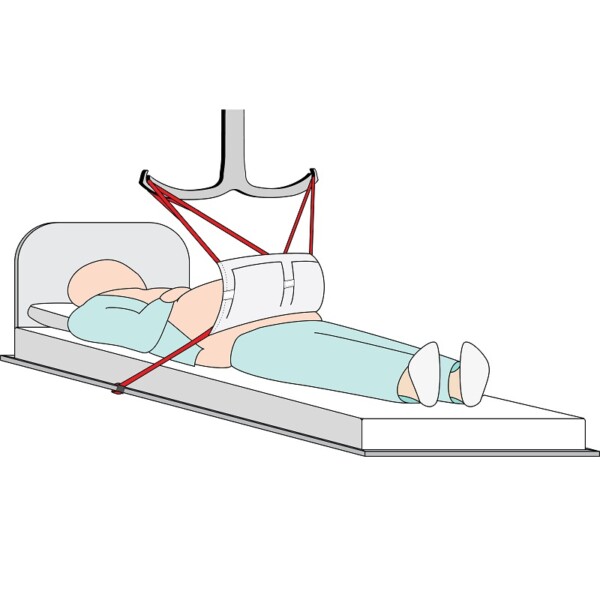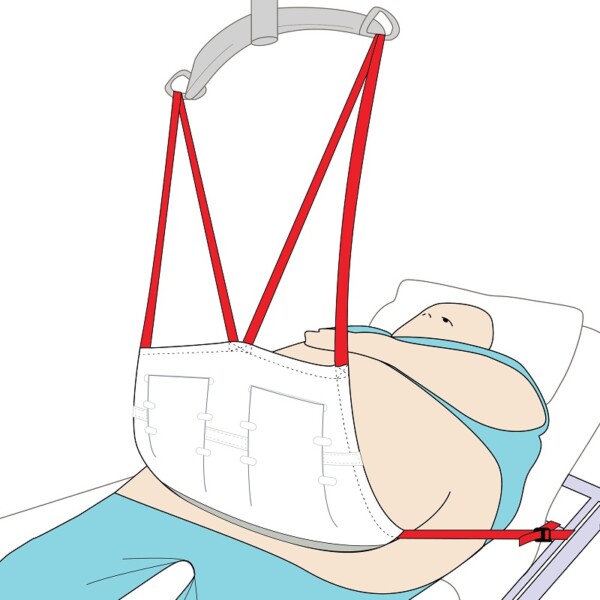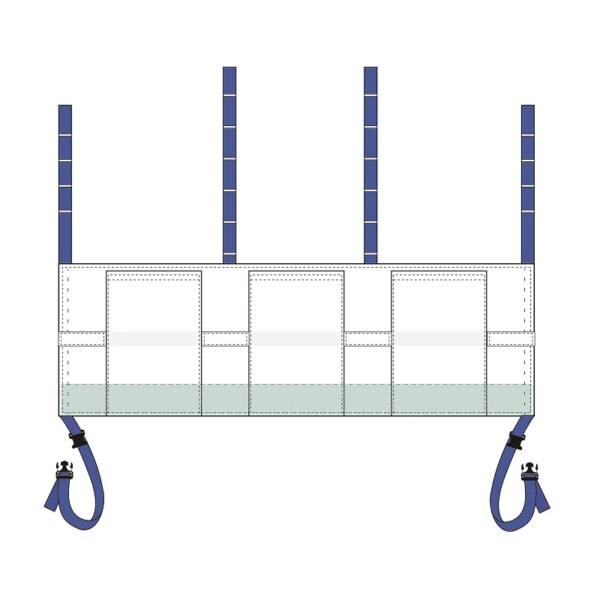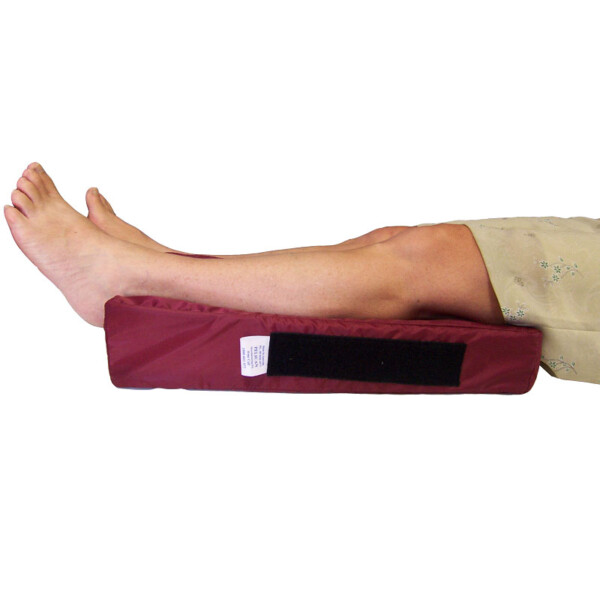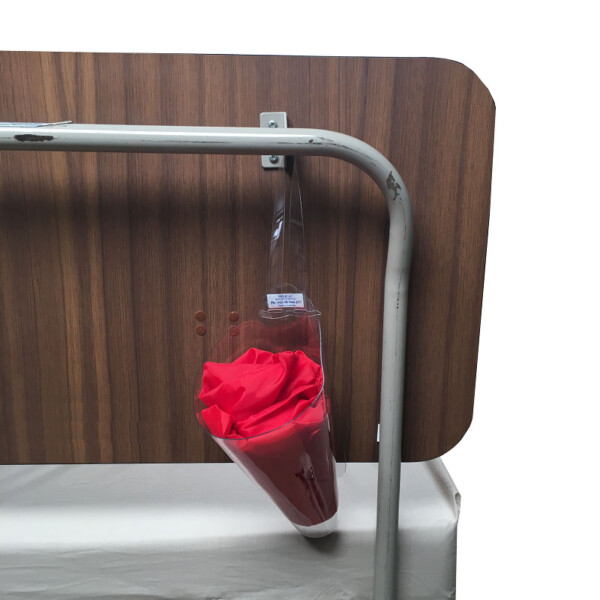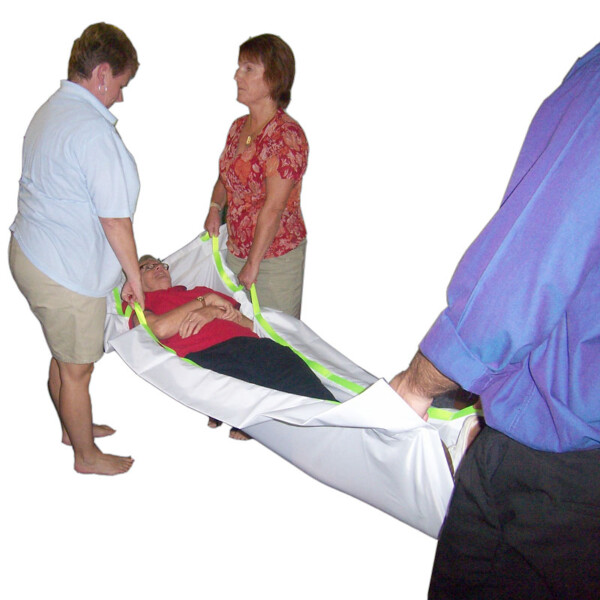Description
The Pannus Apron Sling is designed to lift a Patient’s pannus. (Pannus is a commonly used term for a panniculus, or abdominal apron.)
There are two designs of the Pannus Slings. The traditional design, which does not have any opening Flaps, and the design with Flaps that can be opened for cleaning under the pannus as much as possible.
Both Slings have an internal layer of Thermoregulating Material, which may help the Patient to keep their skin dry, however there is no guarantee it will help all patients. The Sling material is designed to wick moisture away from the body, so this can also help keep the area dry.
About the Pannus Apron Sling
The Apron Sling may be left in position under the pannus during the night, providing the Patient is sleeping on their back. If they are in a chair during the day, it may also be possible to leave the Sling under the pannus.
Two sizes are available, and can be ordered with or without the inspection Flaps:
- 100cm / 39″ width, available with or without 2 Flaps
- 145cm / 57″ width, available with or without 3 Flaps
To Use
Before starting make sure this procedure is suitable with the Patient’s condition. A suggested way to place the Apron Sling under the pannus apron is by using a Bed Slide Sheet folded in half once, and then in half again.
Place the Apron Sling inside the middle of the folded Bed Slide Sheet and then place your fingers under the foam padded Flap sewn to the Sling and gently slide the Apron Sling under the pannus, as far as possible. The Sling is deep enough so when in position, the Hook & Loop Tape opening at the end should not be under the actual pannus.
Secure the webbing straps to each side of the bed frame, wrapping them around the bed rail where there is a support strut going to the mattress base. This will stop the webbing slipping along the frame when the Sling is being lifted. The female buckle slides freely on the webbing. The male buckle is put inside the female and the surplus webbing is pulled tight. Alternatively, the webbing could be secured on the bed frame at the head end of the bed.
If possible, use a ceiling hoist that is located above the Patient’s stomach. If using a mobile hoist, as the hoist is raised up, it may want to pull slightly to the side. Be prepared for this. Some experimenting is needed for individual Patients to find the best position for the hoist.
Once the pannus has been lifted up, the exposed skin under the pannus can be cleaned and dried. Then the Hook & Loop Tape can be undone on the Flaps to enable the Carer to clean and dry the underside of the pannus. Only undo one Flap at a time. Pull the Sling clear of the skin to access the areas where the pannus was resting on the Sling. It may be possible to undo the all of the Flaps to allow air to circulate. However, this will depend on the nature of the pannus. When doing the Hook & Loop Tape back up again, hold it away from the pannus, so you are not pressing into the pannus.
If available, place a clean Sling under the pannus. This is so that it will be ready to lift the pannus again after the original Sling has been removed.
Due to the nature of how this product used, we cannot guarantee that it will work for all people with a pannus apron.
Browse through our range of bariatric products on this page.
Technical:
| Item # | Width | Height | Number of Flaps |
| 6950 | 100cm / 39″ | 55cm / 22″ | None |
| 6950F | 100cm / 39″ | 55cm / 22″ | 2 |
| 6951 | 145cm / 57″ | 55cm / 22″ | None |
| 6951F | 145cm / 57″ | 55cm / 22″ | 3 |
Weight testing:
We weight tested with a ‘laboratory’ pannus consisting of foam padding and weights to 91kg(200 lbs).
Research shows the maximum weight of a pannus can be 54.43kg(120lbs), so we tested to over 1.5 times the maximum weight.
Cleaning:
Consult your Infection Control Department for their recommendations for using this Sling.
Hand or machine wash up to 80°C (176°F). Air dry in shade. Ensure the Hook & Loop Tape is done up before washing. We recommend using a Pelican Washing Bag to help prevent the webbing getting caught in some washing machines, and to give a longer life to the material. Ensure the Sling is completely dry before use or storing. Store in shade away from direct sunlight. If defective, withdraw from use and contact Pelican.
Warning: Excessive Chlorine/Bleach can damage any material, including Sling material. Slings should be continuously inspected for deterioration and discolouration, as this may be an early warning of possible failure.
Important:
When using the Pannus Sling, ensure that it does not cause any shearing force on the Patient’s skin, and if there is any sign of skin damage, stop using the Sling. The Pannus Sling should always be inspected before use.
Warranty Exclusion: Some patients who use these products may have hygiene issues which means we are unable to offer our normal Warranty or Returns policies.
General Manual Handling Warning: Manual Handling products are designed to assist carers to help patients. They will not make the carer stronger or fitter, but with correct training and use of the products, should make manual handling easier and safer for both staff and patients. When training, practise with an able-bodied colleague. If any procedure is not comfortable or is difficult and puts the carer or patient in a dangerous position, the participants should call out to stop the manoeuvre, recover and recommence. Never jeopardise your health by straining, twisting or being incorrectly positioned when manual handling. Always select the most appropriate equipment for the patient’s current condition and if in doubt, use mechanical equipment. Ask your Manual Handling adviser for individual guidance.
Correct Buckle Threading: Click here to view a video showing the correct way to thread a buckle onto the webbing. It is vital that the buckles on this product are correctly fitted. Contact us if you need to order a replacement buckle if one is broken.

